[ad_1]
On April 1, 1987, then-Japanese Prime Minister Yasuhiro Nakasone delivered the death blow to the nation’s radical labour union movement.
He broke the Japanese National Railways up into seven privatised railway firms – in the process, gutting the formidable National Railway Workers’ Union and eliminating the country’s leading platform for bottom-up politics.
Nakasone’s breakup of the public railway operator was the coup de grâce for independent union power in the East Asian nation – achieving much the same as President Ronald Reagan’s firing of the members of the Professional Air Traffic Controllers Organization had in the United States in 1981 or Prime Minister Margaret Thatcher’s defeat of the National Union of Mineworkers had in the United Kingdom in 1985 (it was no coincidence that Nakasone was a personal friend and political ally of those leaders).
By the end of the 1980s, most of Japan’s labour unions had reorganised themselves under the umbrella of the cautious and conservative Japanese Trade Union Confederation. A docile labour organisation that has not supported any large-scale strikes in its more than 30 years of existence, it has contented itself with a small seat at the establishment table, arguing for job security for regular workers, small annual wage increases, and measures to enhance workplace safety.
The taming of the labour unions led to the collapse of the opposition-leading Japan Socialist Party (JSP) less than a decade later, as Nakasone had hoped. Until then, the JSP had been the nation’s second-largest political party, but without its backbone of union members who could be mobilised to support them in election campaigns, it was unable to compete against the governing party’s support from business and professional organisations.
This put an end to the era in which anti-system political movements – those which promoted grassroots or anti-establishment views – had sufficient space to grow and develop within the Japanese political world.
In other words, it was one of the factors that explains why populist movements sweeping other advanced, democratic nations in the early 2020s seem to be quietly passing by a contented or complacent Japan.
‘Someone like Trump would never stand a chance’
The first thing to be said about “populism” is that there is no universally accepted definition of what the term actually means. Commonly it involves political leaders who cast themselves as representatives of “the people” struggling against a corrupt elite who are said to be blocking necessary progress.
Beyond that, it is difficult to be too specific about what populism entails.
Whatever it is, there is a relative consensus that Japan has a lot less of it at this historical moment than can be found in North America or Europe, the other G7 nations with which Japanese political leaders prefer to be grouped.
In their attempt to explain this relative weakness of populist politics in Japan, some scholars suggest that there are structural impediments in the national political system.
Chris Winkler, associate professor of Seinan Gakuin University in western Japan, is among those who believe that the country’s political system creates “a very high hurdle for any party, but especially for populist parties”.
With the exception of the long-dominant governing party, the Liberal Democratic Party (LDP), politicians at the national level are typically forced to compromise with those of different views, and even to work together with other smaller political parties in order to have the prospect of winning at the polls.
Much the same process of compromise is required by the politicians within the governing party, which is divided between seven significant factions, limiting their ability to simply go their own way. Indeed, the LDP was created in 1955 through the merger of two rival conservative political parties.
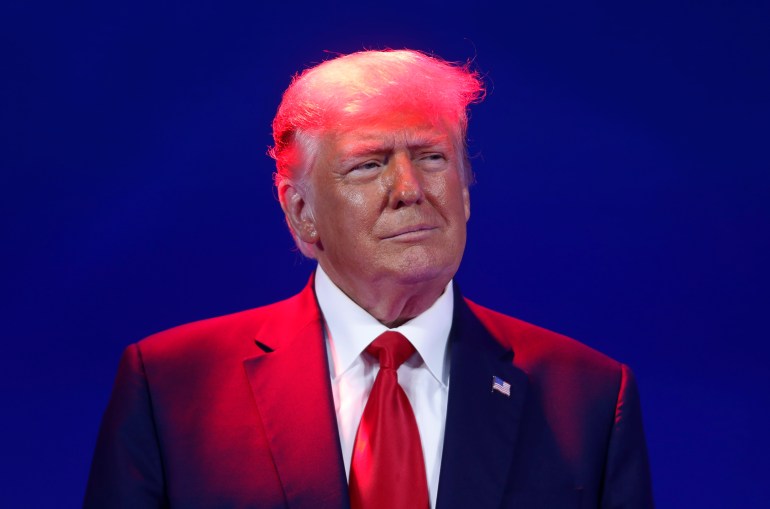
“Somebody like Trump would never stand a chance in Japan,” Winkler asserts, “because the LDP would never put up with somebody like that.” He adds, “As a complete outsider, you don’t win.”
Michael Cucek, assistant professor of Temple University Japan, agrees that we should not expect to see any genuinely Trump-like figure rising to national leadership in Japan. No billionaire could follow that path to power in Japan, because, in this country, “you can’t buy your way into the political world”.
No ‘mansions on a hill’
However, not everyone agrees that it is the electoral system where we should really be looking to explain the current weakness of populism in Japan.
Tobias Harris, senior fellow for Asia at the Center for American Progress, contends that “electoral rules are just rules, and if the people want something, the party system will change to accommodate it”. He believes there are other explanations for why Japanese populism is at a low ebb.
In his view, Japanese populism has been constrained by the fact that the nation’s social safety net – like its national pension programme, unemployment benefits, and national health insurance programme – has been well maintained, meaning that there is not much dire poverty in Japan, or at least not many visible manifestations of such poverty.
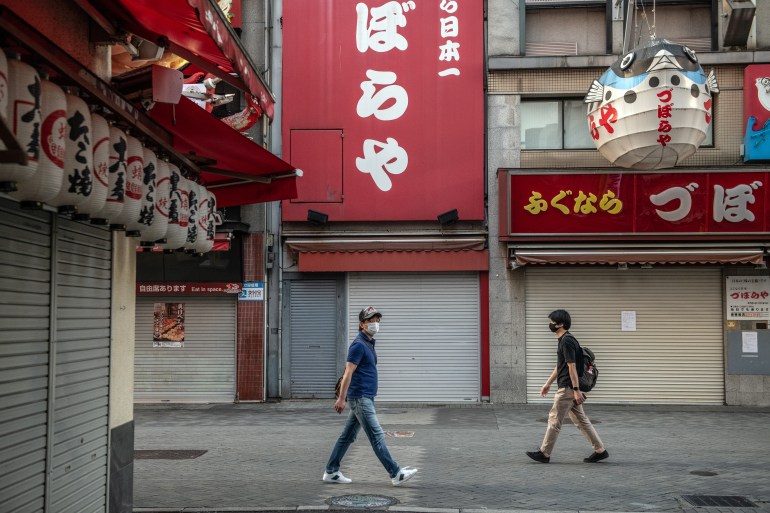
Winkler notes that “inequality in Japan has been on the rise” over the past 20 years, but it remains “nowhere near American levels”. According to the latest Organisation for Economic Co-operation and Development (OECD) data, Japan’s poverty rate stands at 15.7 percent compared with 17.8 percent in the US. Most Japanese still regard themselves as members of the middle class, even if they are struggling economically more than they were before.
Also, unlike North America or Europe, there is little in the way of a billionaire class living ostentatiously wealthy lifestyles. There are, of course, rich people in Japan, but they tend to live in the same communities as everyone else, not in mansions on a hill or in remote gated districts. Flaunting wealth is simply not socially acceptable in this country which takes egalitarianism and mutual cooperation seriously.
There is thus no mainstream debate in Japan about “the 1%” who control the country – although in recent years a related term, “higher level citizens” (jokyu kokumin), has gained currency on social media, loosely denoting people who are in some way given preferential treatment by the political or judicial establishment.
No rural-urban divide
Whatever tensions do exist, Japanese society remains comparatively cohesive and united, as can be seen in any natural or man-made disaster when violence or looting is practically unheard of in recent decades.
Axel Klein, professor of the University of Duisburg-Essen in Germany, notes in relation to populist politics, “What is missing in Japan is that there are not really people who refer to the Japanese population as ‘the two peoples’.”
While economies in North America and Europe have seen wide economic and cultural gaps open up between urban and rural populations, that has not been the case in Japan. The main political power base of the ruling LDP is in the rural communities, largely a legacy of successful land reforms after 1945 and a generally more conservative cultural milieu.
“The LDP does a lot to keep rural regions alive,” Klein observes, “and the LDP channels a lot of money into these dying little cities and villages.” As a result, rural Japanese “can hardly refer to themselves as ‘forgotten people’.”
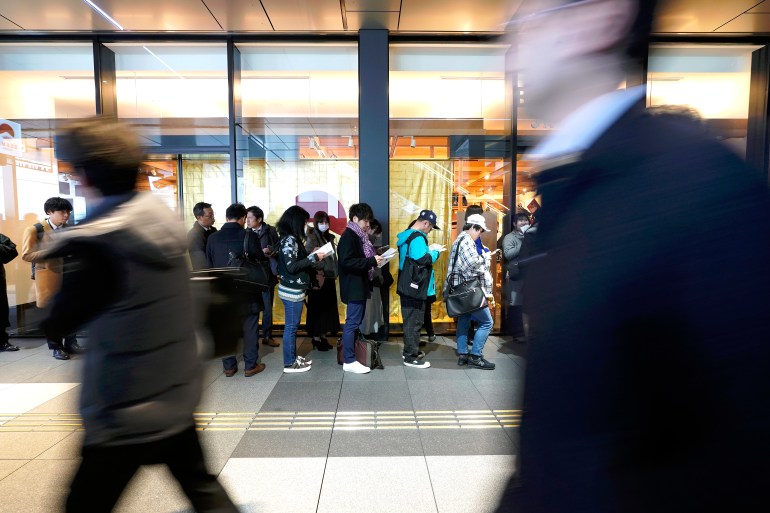
Harris goes so far as to speak of an “inverted populism” in the country. “If there’s an urban-rural divide, it’s not the pure people of rural Japan being directed against urban elites; it’s the beleaguered people of urban Japan rising up against rural-based elites.”
He agrees that rural areas are not “forgotten in the cultural life of the people”.
Indeed, regional foods and customs are routinely discussed and cherished. Urban residents eagerly await the holidays to travel out to the countryside and to visit their relatives or to experience another dimension of Japan.
This relatively unified national culture serves to reduce resentments and prevent an angry, rural form of populism from gaining traction.
‘Ignored’ immigrants
Finally – and closely related to the previous factor – is that foreign and immigrant communities in Japan make up only about 2.3 percent of the total population. They are largely ignored by all sides within the Japanese political debate.
Tina Burrett, associate professor of Sophia University in Tokyo, observes: “If we look at Europe and the United States, anti-immigration sentiments have been one of the key determinants of voters’ support for populist candidates.”
In contrast to those nations, Burrett notes, “Immigrants are not necessarily seen in Japan as taking away jobs from hard-working native workers, because there isn’t an unemployment crisis, and there’s a demographic issue in Japan, which means that there are a lot of industries that actually lack labour.”
This situation means that the nativist forms of populism that have flourished, for example, in many European countries, have little salience within the Japanese context.
Japan’s neoliberal populism
And yet, while most observers agree that populism is a weaker factor in Japanese national politics than it is in other G7 nations, there are some politicians in the country who are routinely identified as representing some form of populism.
Harris contends, in fact, that there was a “populist moment” in Japanese politics in the 1990s and 2000s that was effectively terminated with the rise to power of Shinzo Abe at the end of 2012.
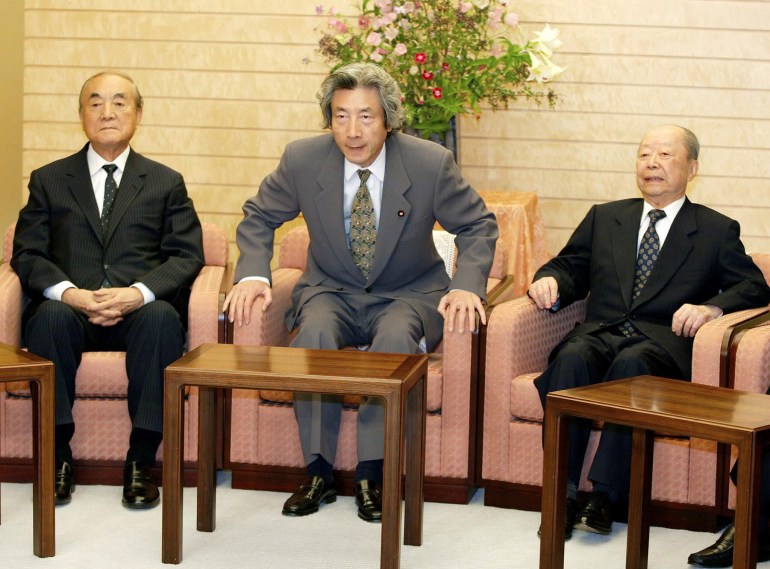
One Japanese politician who is routinely described as a “populist” by analysts and the media is Junichiro Koizumi, the prime minister who served from 2001 to 2006.
Koizumi’s brand of populism was definitely of a softer, toned-down variety, and attributable mainly to his personal style of communication that was addressed directly to the Japanese people, rather than aimed mainly at his colleagues in the governing party.
He also cast himself as the people’s champion struggling against a sclerotic bureaucracy and its political allies, who were said to be blocking the path towards national progress through their protection of vested interests and obstruction of needed economic reforms.
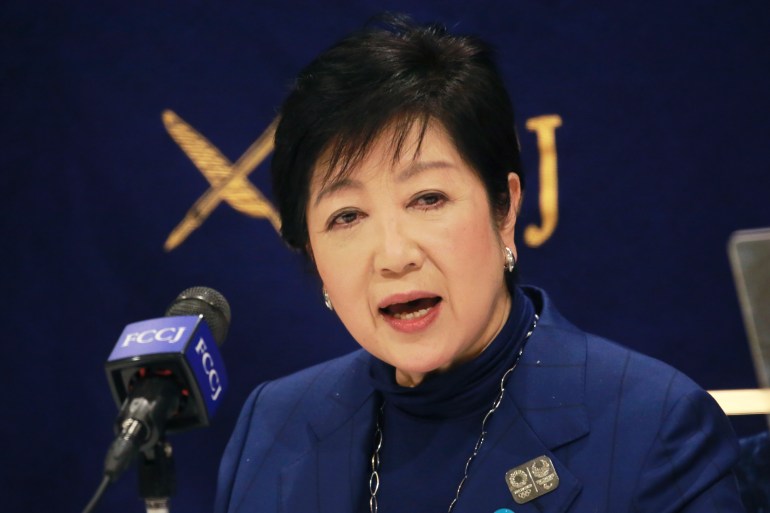
The high point for Koizumi populism came in 2005 when he called a snap election to force through his cherished plans to reform the national postal service. Koizumi then expelled his leading opponents from the governing party and targeted their independent re-election efforts with his own group of “assassin” candidates (including Yuriko Koike, who is today the governor of Tokyo). The voters responded positively, and Koizumi won a dramatic landslide victory.
However, Koizumi stepped down as Japan’s leader the following year, and no one among the governing party elites, who routinely lacked his personal charisma, really wanted to carry on the populist legacy. To the extent that Koizumi did have a successor, it was probably Ichiro Ozawa, the then-leader of the main opposition Democratic Party of Japan (DPJ).

Ozawa possesses nothing of Koizumi’s attractive and effective public persona (and this is probably why Ozawa is less frequently cited as being a “populist”), but, as Harris notes, “Koizumi and Ozawa in some ways were united by a common goal – they saw the old LDP as standing in the way of realising the true destiny of Japan”, referring to the much hoped for economic revitalisation.
Ozawa’s own shining moment came in August 2009 when his efforts led to an unprecedented DPJ landslide in general elections. However, he never had an opportunity to enjoy this victory since prosecutors indicted him on campaign finance charges (which seem to have been fabricated by the prosecutors for the purpose of keeping him out of the office of prime minister).
In Harris’s reading, national-level Japanese “populism” died soon thereafter, with the DPJ’s three years of policy failures on US military base realignment, managing the Fukushima crisis, and much more, leading to the return of Shinzo Abe and a general public that had become both fatigued and dispirited about the prospects for positive political changes that could make Japan more independent and socially vibrant.
Local populism
Nevertheless, there is one part of the Japanese government where some politicians are frequently described as being populists – and that is at the level of governors and the mayors of big cities.
Burrett even goes so far as to suggest that at the local level, “populism is much more apparent in Japan than it is possibly at the local levels in some other G7 countries”.
Most frequently cited is Toru Hashimoto, who led Osaka as governor and then mayor from 2008 to 2015.
In 2012, the brash, young Hashimoto captured the public imagination and polled as the most popular politician in the nation.
Unlike the usual, gentler kind of Japanese politician, the far-right Hashimoto came from the poorer classes and he did not refrain from hitting out at his perceived enemies. Among those who received his lashings were the national government, the bureaucracy, the labour unions, and the Japanese Communist Party.
Still, according to Charles Weathers, professor of Osaka City University, “Compared to what you are seeing in some Western countries – people like Trump – really threatening or violating democratic norms, he didn’t go nearly that far, because Japan has simply not been that polarised.”
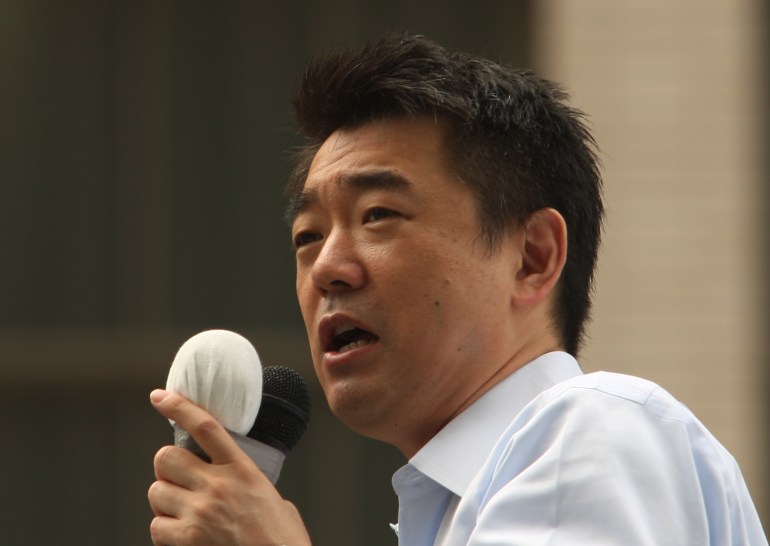
In the end, Hashimoto and his regional political party did not achieve many of their key objectives, the most cherished of which was their plan to centralise the prefectural and city administrations. As Weathers puts it, “He knew how to say provocative things and stay in the news every day, but what he really accomplished was passing a bunch of ordinances which did things like infringe on the rights of civil servants by limiting their political activities.”
The beginning of the end for Hashimoto was the election of Shinzo Abe as prime minister at the end of 2012. There was enough similarity in their right-wing political outlook that Abe may have stolen much of Hashimoto’s thunder, and made it more difficult for him to challenge the central government.
There are other local politicians who have been cited as being Japanese populists, including Nagoya Mayor Takashi Kawamura, Nagano Governor Yasuo Tanaka, and Tokyo Governor Yuriko Koike, mainly because they made charismatic appeals to the general public to gain an advantage over established political parties and other vested interests.
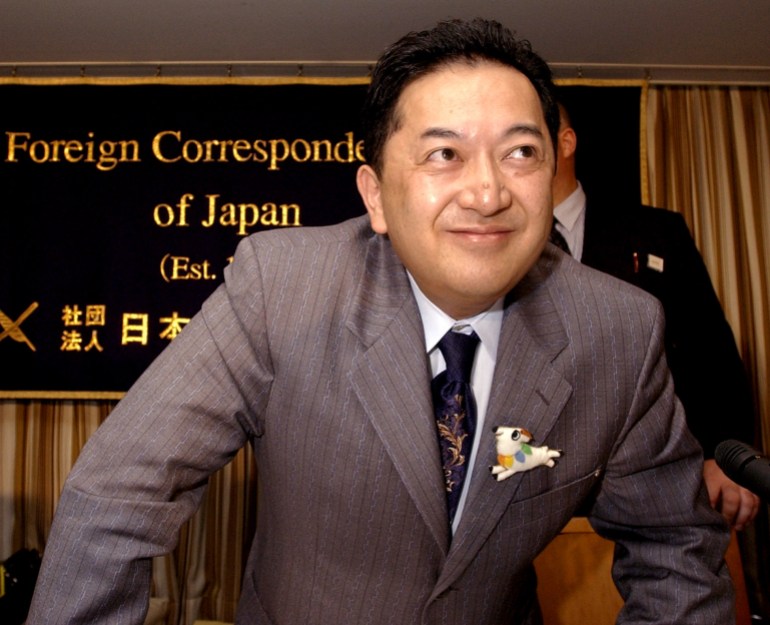
Burrett observes that these Japanese-style local populists are quite a separate breed from their cousins elsewhere in that “they tend to be quite neoliberal … they are pro-reform, they are pro-business – they’re quite different in terms of their policy profiles from the populists that we see in other G7 countries”.
She attributes this characteristic to the fact that “Japan hasn’t had such a neoliberal revolution”. The curious outcome is that, in terms of their economic policy orientation, “populists in Japan would be the establishment figures who the populists are fighting against in other G7 countries”.
Co-opting the populist infrastructure
Japan’s relatively tame species of neoliberal populism is certainly related to the crushing of radical labour union power in the 1970s and 80s. The unions, for a few decades following the Pacific War (1937-45), were able to serve as an institutional incubator for world views that could exist outside of the Japanese mainstream, including the promotion of socialism, anti-imperialism, and the Non-Aligned Movement.
Nothing replaced the radical labour unions after they were co-opted in the 1980s.
As Harris explains, “The populism we have seen has been within the system. There’s not really an organisational centre for anti-system politics.”
Japan has permitted no political space for independent groups to place demands or to stimulate significant institutional changes. The governing party made a concerted effort in the post-war years to tame all sources of social conflict, and they have largely succeeded.
This is true of the Japanese news media as well. This critical sphere has been kept under tight control by the regime, with neither the left nor the right able to depart too dramatically from the government line.
The informational chasm that exists, for example, in the US between those who watch CNN and MSNBC, on the one hand, and Fox News and OANN, on the other, simply does not exist in anything like the same way in Japan. The establishment centre dominates, with the media only cautiously and occasionally drifting into mildly controversial political matters.
Indeed, the LDP has run Japan as something close to a one-party state since 1955, with its time in power interrupted only infrequently. Even in 2021, its clientelist style of politics is still going strong.
This kind of structural dominance, Klein notes, has had a cumulative effect that has “killed the fighting spirit of many who would otherwise probably be active on the left”. Instead, many people seem to have turned off on politics in order to settle into the quiet and reasonably comfortable lives that have been offered to them.
The Japanese education system also deepens these trends, teaching the young to prioritise cooperation, compromise, and dependence upon others.
Klein observes that “people in Japan are just not brought up in a way to express their opinion and to argue for it”.
The relative weakness of populist politics in contemporary Japan, then, may be attributable not only to the institutional barriers and the lack of platforms for anti-system politics, but also built right into the way that the government is educating its citizens to think about themselves.
Klein concludes, “If you are not convinced that your opinion is right and you want to put it out there – and don’t want others to follow and to agree with you – then there is no fuel on which populism can run.”
[ad_2]
Source link








